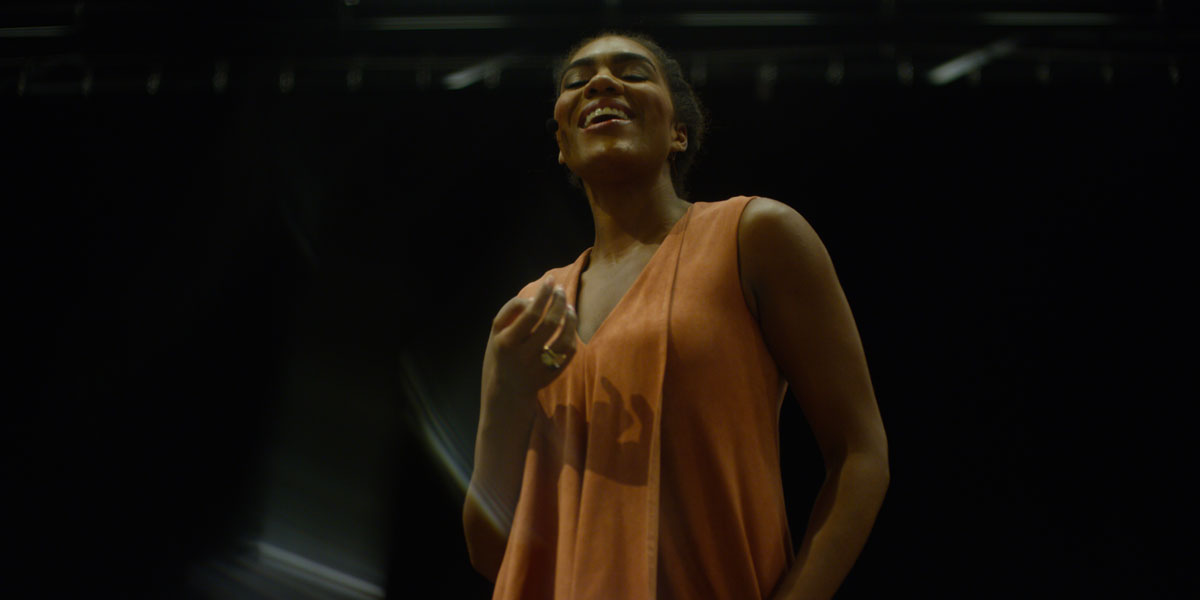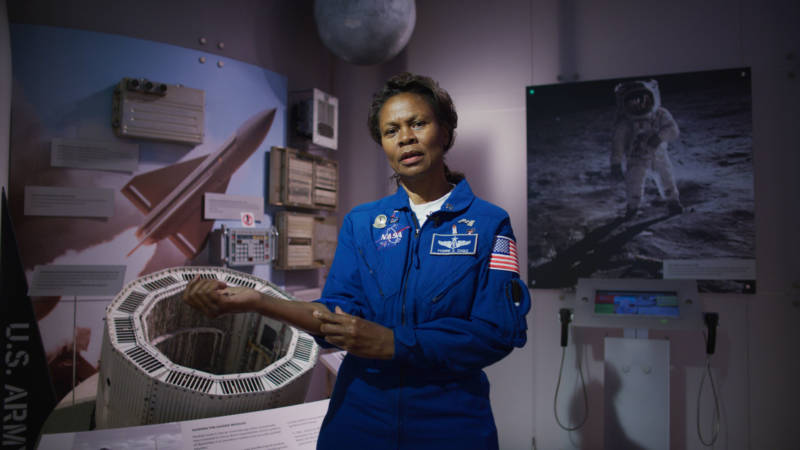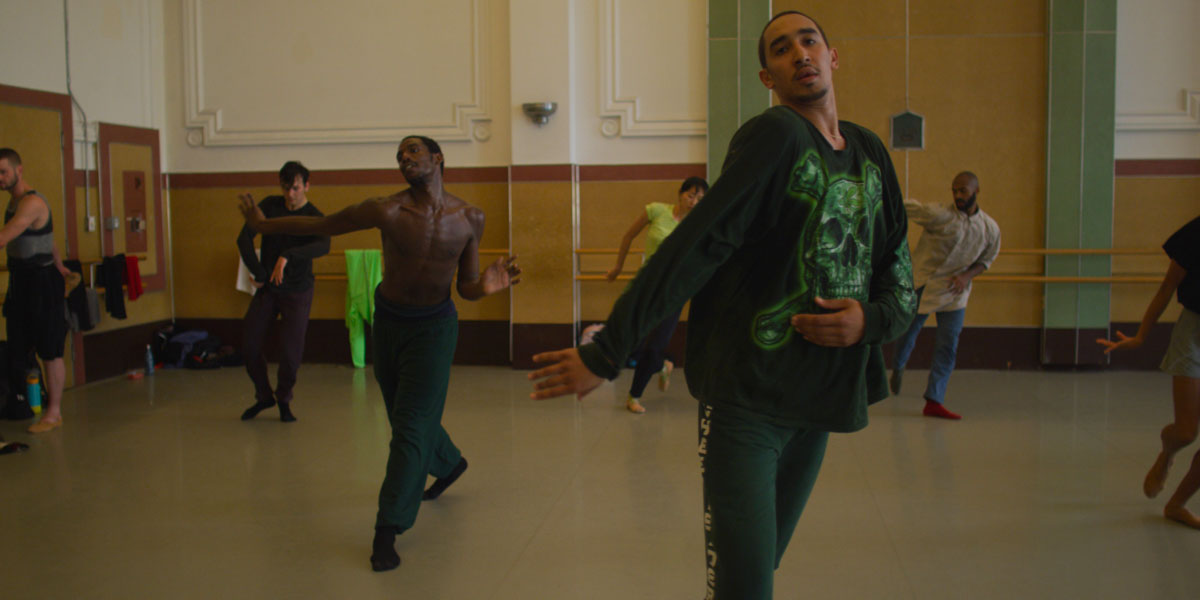On the ground floor of the San Francisco Museum of Modern Art, tucked away in the Phyllis Wattis Theater, middle and high school groups are watching laser light shows. No, the museum is not hosting raves, nor are they playing Pink Floyd’s The Wall.
Those lasers are part of Southern California artist Nicole Miller’s To the Stars, an hour-long piece commissioned by SFMOMA with their junior-high audiences in mind. Her non-narrative video combines clips of exceptionally talented people of color (mezzo-soprano J’Nai Bridges, NASA astronaut Dr. Yvonne Cagle, violinist Jessica McJunkins, Alonzo King and his dancers) alongside interviews with San Francisco middle school students. Intermittent sequences of laser animations and synth-heavy sound create breaks between the often gut-wrenching stories told by the participating kids.
For Miller, this piece is all about potential.
The distance between the students and these accomplished adults is years of support, opportunity and practice. Seeing how much is possible, Miller’s piece argues, why shouldn’t those children achieve such heights? Why do we have such a hard time seeing young people—specifically young people of color—as full of potential?
Fittingly, much of To the Stars’ hour is given over to mesmerizing shots of Alonzo King LINES Ballet members working on SUTRA, a spring 2018 performance set to the music of composer Zakir Hussain. Their bodies move in ways most of us only wish we could; they bend the laws of gravity. In the studio, King provides advice and commentary to his dancers (less rigid, more fluid), translating ideas about birth, connection and movement into words and gestures.

Showing people in rehearsals, discussing creative problems and hashing out artistic impulses, Miller says, makes such levels of performance seem more attainable. Bridges sings three pieces in To the Stars: a cradle song to a black child, the “Habanera” aria from Carmen and the black spiritual “He’s Got the Whole World in His Hands.” But before and after those beautiful renditions, she jokes with her piano accompanist and cops to making mistakes. Beneath the polished virtuoso we see on the stage, she’s human, relatable—and it looks like she’s having a great time.




